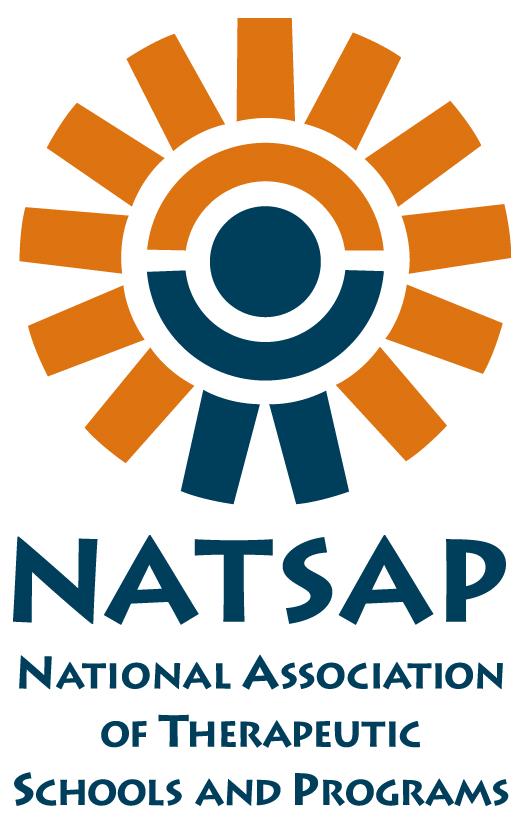What is Obsessive-Compulsive Disorder? Wikipedia defines Obsessive-Compulsive Disorder as an anxiety disorder characterized by intrusive thoughts that produce uneasiness, apprehension, fear, or worry; by repetitive behaviors aimed at reducing the associated anxiety; or by a combination of such obsessions and compulsions.
A person with OCD may recognize that their obsessions are irrational or unrealistic and try to ignore them. This only increases the anxiety and the person feels driven to perform the repetitive action to relieve the uneasy feelings.
5 Categories of OCD behavior
- Checking – repeatedly checking things (oven turned off, door locked, etc.) that are associated with harm or danger
- Contamination- afraid of germs, usually associated with compulsive cleaning or hand-washing
- Intrusive Thoughts – focused on relationships, sexual thoughts, violence, magical thinking or religion; afraid that if everything isn’t perfect or done just right something terrible will happen or they will be punished
- Hoarding – fear that something bad will happen if they discard an item, collect things that they don’t need or use.
- Counting – strong desire to arrange and rearrange objects, obsessed with symmetry and orderliness
According to the International OCD Foundation, 1 in 200 children and adolescents have OCD in the United States and teens with OCD share common issues such as: disrupted routines, problems at school, physical complaints, and difficulty with social relationships, problems with self esteem, difficulty controlling anger and the likelihood of other mental health problems.
National Alliance on Mental Illness (NAMI) states: ‘Mental illnesses are not the result of personal weakness, lack of character, or poor upbringing. Mental illnesses are treatable. Most people diagnosed with a serious mental illness can experience relief from their symptoms by actively participating in an individual treatment plan.’
Treatment for Obsessive-Compulsive Disorder includes medication and/or psychotherapy. Cognitive-Behavior Therapy (CBT) is used to teach healthy ways of dealing with obsessive thoughts and reducing anxiety.
Triumph Youth Services uses a Cognitive Behavioral Therapy (CBT) in individual therapy combined with group and family therapy to treat each youth’s issues. CBT is effective in changing behavior, recognizing and restructuring distorted thoughts.
Triumph Youth Services offers a small, highly structured family-type environment for youth. This family-like community promotes a social environment that takes on both therapeutic and healing properties instead of maintaining negative behaviors.
Triumph Youth Services provides a daily Life Skills Group. The goal of our Life Skills Group training program is to teach the student a new set of responses to social situations, as well as how to integrate his behavior with others in the environment. Our staff members are trained and encouraged to be effective leaders by serving as teachers or coaches who hold the young men responsible for working on problems and to act as limit setters, good listeners and model appropriate responses to various situations.
The clinicians at Triumph Youth Services are highly trained and have extensive experience working with adolescent youth. Our clinicians are licensed and approved as mental health professionals to provide individual, group and family therapy.
Call Triumph Youth Services. We are here to help.









